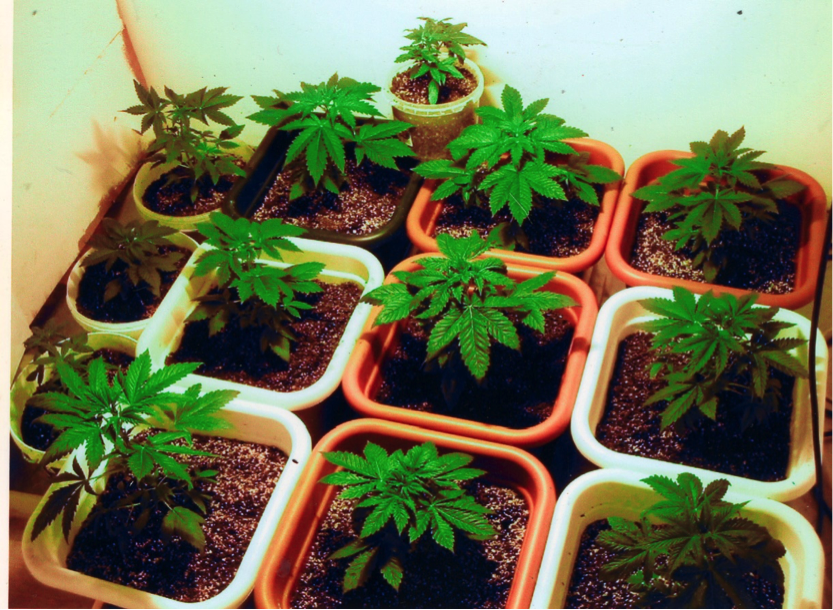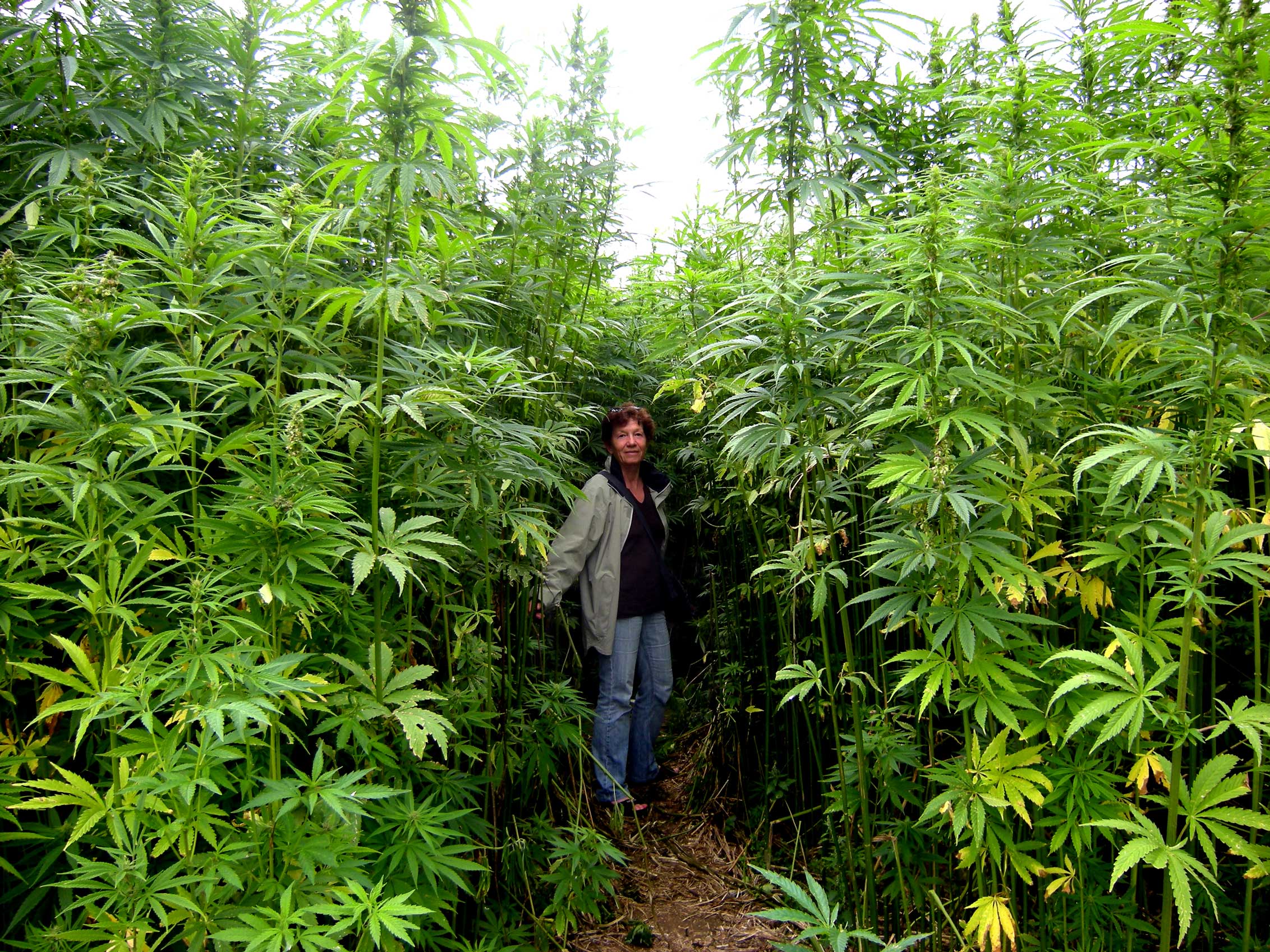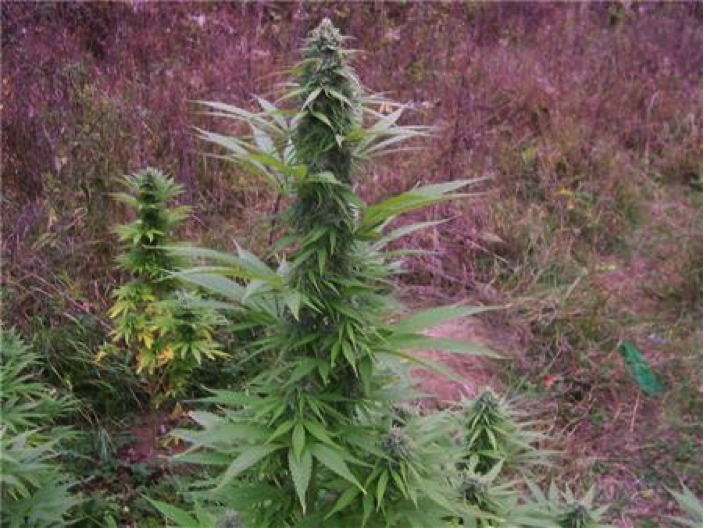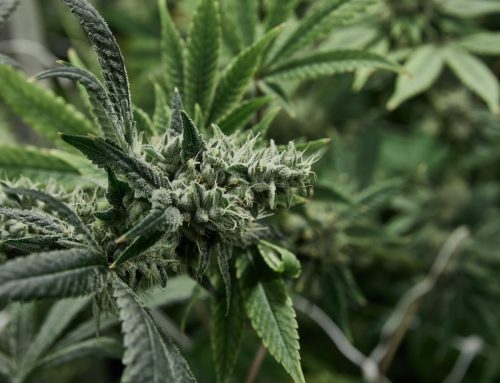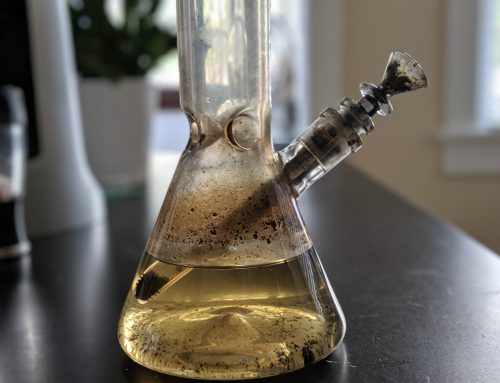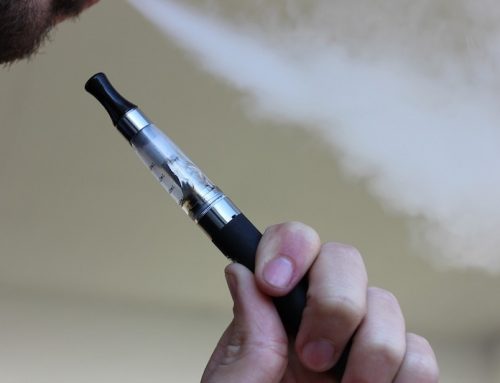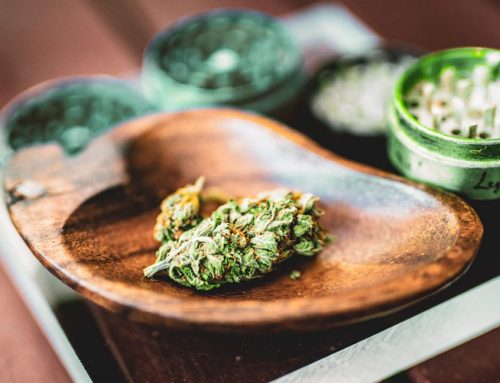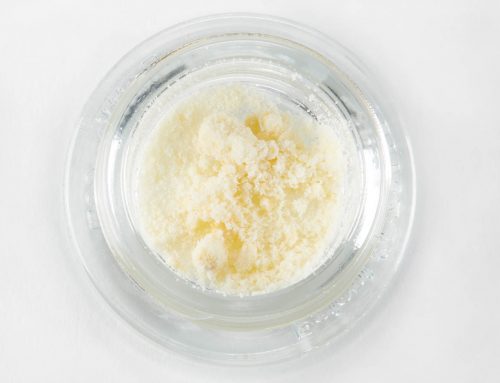When some people set up to grow cannabis at home, they’ll do anything to produce generous yields. In other instances, it’s all about the quality and potency of the final product. And then there are those that set out to engineer any number of weird and wonderful cannabis strains all of their own, in order to make a name for themselves in pioneering pot circles.
Outside these categories of cannabis cultivators, there’s a far larger contingency with one very simple shared priority…simplicity. Or more accurately, whichever approach it is to cannabis growing that is the easiest, cheapest and least likely to produce terrible results.
Whatever your priorities, there are so many different things to take into account and endless approaches by which cannabis can be cultivated. Is it better to start with clones or seeds? How about growing using conventional soil or hydroponics? There’s a lot of space that will need to be allocated and what about lighting?
The thing is, if you have any experience of growing or any standard gardening skills, you probably already know all there is to know about the basics of cannabis cultivation. If you know how to grow peppers, tomatoes or anything similar, you pretty much already know how to grow cannabis. And as such, you already know the basic equipment and supplies you are going to need.
Nevertheless, there is a right way and wrong way of going about things if you want to make life as easy for yourself as possible. Which for the most part is largely dependent on where you live, as for obvious reasons the single easiest approach to cannabis cultivation is to let nature do the job on your behalf.
Indoors Vs Outdoors Cannabis Cultivation
Not only is it perfectly possible to grow incredible cannabis indoors, but once you have everything set up and have established the perfect balance in terms of conditions, it is also a relatively straightforward process. Unfortunately, actually getting things set up and balanced in the first place can be challenging and expensive. You are going to need to set yourself up with the very best quality lighting equipment, which takes some getting used to and doesn’t come cheap. You are also going to need to keep an eye on air quality, ambient humidity, temperatures and so on. Growing indoors provides your plants with shelter from any harsh weather conditions, but nonetheless represents quite the commitment…assuming you want to get it right.
Instead therefore, the easiest way of going about things is to start things off indoors, with the intention of eventually moving your plants outdoors. While there is nothing to stop you starting out with seeds, it will save you a lot of time and effort to get started with clones instead. The reason being that if you start growing from seeds, you are going to need to give your plants at least two months with ideal conditions indoors, before being able to move them outside. You’ll still need to give your clones plenty of time and attention likewise, but not nearly to the same extent as germinating and cultivating cannabis plants from scratch.
Lesson one therefore – working with clones is considerably quicker and easier!
Growing Great Green Requires TLC
Try to remember that if you lavish your young plants with plenty of time and attention during the earliest stages, you will find that there is much less to do further down the line. Keep your plants indoors and give them as much TLC as possible, until they reach the kind of size and strength that will allow them to survive outdoors. This of course is highly dependent on where you live and the weather conditions expected from one day to the next, but generally speaking should be around the two-month mark for seeds and four to six-week mark for clones.
When the time comes to move your plants outdoors, be sure to be as generous as possible when it comes to the soil conditions you make available. Use high quality potting soil, plenty of compost, chicken manure and so on to create a rich bed of organic soil for your plants to grow in. If possible, you might want to think about positioning your plants in raised beds, as they tend to stay a little warmer in the ground itself and can therefore result in quicker growth.
Of critical importance is to make sure you appropriately prepare your plants for the outdoors. This means moving them to a shady spot in the garden for a couple of hours, before then positioning them in direct sunlight. Over the course of a few days, gradually introduce your plants to both shady conditions and direct sunlight outdoors, in order to prevent them suffering potentially disastrous shock.
Handle With Care
As for the actual transplantation process, you need to be extremely careful as the plants and their root systems will be incredibly fragile. If possible, try to avoid touching or disturbing the roots in any way whatsoever. Dig up the required hole, position the plant carefully and then gently fill in the remaining space with the rest of the soil. Add water following the transplanting process and then don’t be tempted to water them for at least a few days afterwards.
Plenty of direct sunlight is nothing but a good thing once your plants have reached early adolescence, though there can of course be too much of a good thing. If things get too hot, place leaves, straw or mulch around the surface of the plant to help ensure that the soil retains as much moisture as possible. In addition, if your plants are positioned in a location that is prone to cold winds, you might want to think about building a remedial windbreak of some description, using a couple of wooden stakes and some cloth.
Of course, timing is also extremely important if you live in the kind of region where winters bring cool temperatures, frost, snow and so on. You need to take into account the exact flowering time of the strain you intend to grow, in order to work out exactly when to plant it, in order for the seasons to do their thing when the time comes. Alternatively, you could make life even easier for yourself by choosing an auto-flowering strain.
Once everything is up and running, all you need to do is make sure that the plants are watered as required, provided with an occasional dose of high-quality nutrients and kept under observation for any pest infestation or disease.
Other than this, you can pretty much sit back, relax and watch nature take its course – anticipating what could turn out to be a surprisingly impressive harvest!

